The Bangkok Declaration deals with Combating Marine Debris in the ASEAN Region. The declaration was adopted by the leaders of the 10-member Association of Southeast Asian Nations, which includes four of the world’s topmost polluters. ASEAN members include: Vietnam, Philippines, Indonesia, Thailand, along with the worst offender China, throw most of the plastic waste into the oceans, according to a report in 2015, which was co-authored by the environmental campaigner Ocean Conservancy. The declaration was praised by environmentalists as a first good step for the region. Though doubts remained that implementation of the declaration will be a great challenge because the group has a code of non-interference that would leave important policymaking in the hands of individual member countries.
What is Marine Pollution?
Marine pollution is the introduction of particles or substances to the marine environment either directly or indirectly by humans. Thus, resulting in negative effects such as deterioration of human health, obstruction of the marine activities and also lowering the quality of seawater. It is to be noted that Marine pollution deals with the pollution of seawater or ocean, whereas water pollution deals with the pollution of water bodies like lakes, rivers, ocean, etc.
The oceans cover over 70% of the globe. Its health, wellbeing of humanity and the living environment that sustains us all are inextricably linked. Still, the neglect of climate change, ocean acidification, polluting activities, and over-exploitation of the marine resources have made the oceans, one of the earth’s most threatened ecosystems.
Causes of Ocean Pollution:
There are many ways in which pollution enters the ocean. Some of them are:
Plastic
Nearly 4-12 million metric tons of plastic goes into the sea. India generates 62 million metric tons of waste every year of which 10-12% is plastic wastes and this also constitutes single-use plastics.
Sewage
Pollution can enter the ocean directly. Sewage or polluting substances flow through sewage, rivers, or drainages directly into the ocean. In India, 80% of municipal sewage is collected of which only 20% is treated and rest are directly discharged into oceans.
Toxic Chemicals from Industries
Agricultural and Industrial waste is another most common form of wastes which are directly discharged into the oceans, thereby resulting in ocean pollution. Releasing toxic liquids directly into the ocean affects marine life.
Land Runoff
- Land runoff is another major source of pollution in the ocean. Land runoff takes place when water infiltrates into the soil to its maximum extent and the excess water from rain, melting, or flooding flows over the land and then into the ocean.
- Usually, this water picks up man-made and harmful contaminants that pollute the ocean, including petroleum, pesticides, fertilizers, and other forms of soil contaminants.
- 80% of the land discharge goes into the sea in the form of plastic waste.
Large Scale Oil Spills
Ship pollution is a big source of ocean pollution and the most harmful effect of which is the oil spills. Crude oil lasts for years together in the sea and it is extremely toxic to marine life. Crude oil often suffocates the marine animals to death once it entraps them. Crude oil is also very difficult to clean up, i.e. if once the oil spills in the ocean it is usually there to stay.
Ocean Mining
Ocean mining in the deep sea is another major source of ocean pollution. Ocean mining sites are drilled for copper, silver, gold, cobalt, and zinc which create sulfide deposits up to three and a half thousand meters down into the ocean.
Littering
Pollution from the atmosphere is also a huge source of ocean pollution. Littering occurs when the objects that are far inland are blown away by the wind for over long distances and end up depositing in the ocean. This kind of object can be anything from natural things like sand, dust to man-made objects such as trash, debris. Most of the debris, especially the plastic debris, cannot be decomposed and remains suspended in the oceans current for years together.
Effects of Ocean Pollution:
Effect of Toxic Wastes on Marine Animals
The oil spills are dangerous to marine life in many ways. The oils that are spilled in the ocean could get on to the feathers and gills of marine animals, which make it difficult for them to fly or move properly or feed their children. The long term effect on marine life can include failure in the reproductive system, cancer, behavioral changes, and even death.
Disruption to the Cycle of Coral Reefs
Oil spill floats on the surface of the water and prevents sunlight from reaching to marine plants and affects the process of photosynthesis. Skin irritation, eye irritation, lung, and liver problems can impact marine life over a long period of time.
- Depletes Oxygen Content in Water
- Failure in the Reproductive system of the Sea Animals
- Effect on Food Chain
Chemicals that are used in agriculture and industries get washed into the rivers and from there they are carried into the oceans. These chemicals do not dissolve in water, but they sink at the bottom of the ocean. Small animals in the ocean consume these chemicals and they are later eaten by large animals, which then affect the whole food chain.
Affects Human Health
Animals from the impacted food chain are later eaten by human beings and this affects their health as toxins from these contaminated animals get deposited in the tissues of human beings and can lead to birth defects, cancer, or long term health problems.
Present status of pollution in coastal waters in India
Gujarat
Industries that manufacture bulk dyes, pharmaceuticals, chemicals, and phosphorus pesticides – discharge about 200 MLD of effluents which are oxygen-depleted, acidic, and sediment-laden. The effluents contain heavy metals, phenols, nitrogen, and phosphorous. This has affected the water quality of the Narmada, Tapti, and Mahi rivers.
Mumbai and around
The Kalu River, which is to the north of Mumbai city, flows through the industrial towns like Ulhasnagar, Ambarnath, and Kalyan has a mercury concentration exceeding 100 ppm. Thane Creek in the Mumbai region receives effluents of about 50 MLD where high mercury levels are present in the sediments, water, and living organisms.
Calcutta
The Hooghly River carries effluents that have contaminated fish & shellfish with heavy metals such as Cu, Ni, Cd, and Zn. The sediments near Haldia have about 10 ug/g of pesticides. These river waters are contaminated by e-coli, shigella, salmonella, and other human pathogens – an indication of severe sewage contamination.
Kochi
The Periyar River receives effluents and untreated sewage from the chemical industry. Incidents of ulceration in fish and shrimp and frequent fish mortality have severely affected the traditional fishing, with no pollution abatement efforts made.
Goa
Coastal waters and Estuaries are generally “clean”, though there is a huge sediment load from mining activities. The Mandovi-Zuari estuaries receive about 30 MLD of partly treated domestic sewage and 15 MLD of agricultural and industrial effluents.
Solutions for Ocean Pollution:
- Stricter government regulation on industry and manufacturing is one large scale solution.
- Opt for renewable energy sources, such as solar or wind power, to limit off-shore drilling.
- Limit agricultural pesticides and encourage organic farming and eco-friendly pesticide use.
- Proper sewage treatment
- Explore eco-friendly wastewater treatment options.
- Limit manufacturing and industry waste
- Curtail landfills so that they don’t spill into the ocean.
Global Initiatives
The Global Programme of Action for the Protection of the Marine Environment from land-based activities:
- The Global Programme of Action (GPA) is the only global intergovernmental mechanism that directly addresses the connectivity between freshwater, terrestrial, coastal, and marine ecosystems.
International conventions:
MARPOL Convention (1973)
- The convention covers pollution of the marine environment by ships from accidental or operational causes.
- The convention lists out various forms of marine pollution caused by noxious liquid substances, oil, and harmful substances in packaged form, garbage from ships, sewage, etc.
The London Convention (1972)
- The objective of the London Convention is to promote the effective control of all the sources of marine pollution and to take all practicable measures to prevent pollution of the sea by dumping of different types of wastes and other matter.
Greenpeace
- Greenpeace is an environmental NGO that is dedicated to conserving marine life and oceans across the globe.
- The grassroots efforts of the organization have resulted in companies changing their fishing policies, the ban of destructive fishing practices, and the creation of whale sanctuaries.
Conclusion
Ocean health must be treated as a global issue and all the nations should act in concert to implement Sustainable Development Goal- 14
What is Sustainable Development Goal: 14?
Sustainable Development Goal 14 deals with: to conserve & sustainably use the oceans, seas & marine resources for sustainable development.


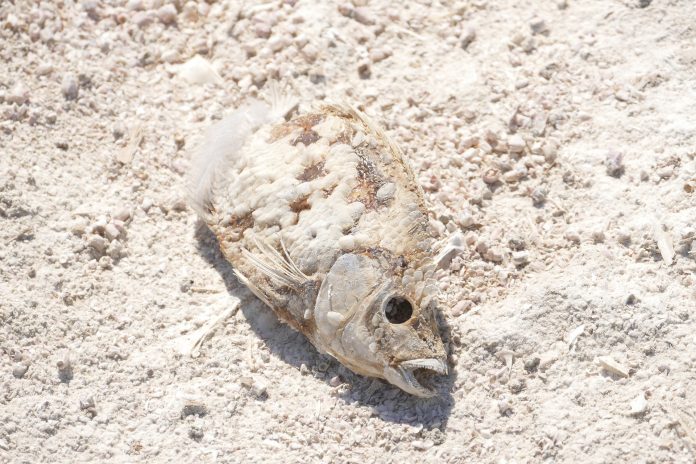

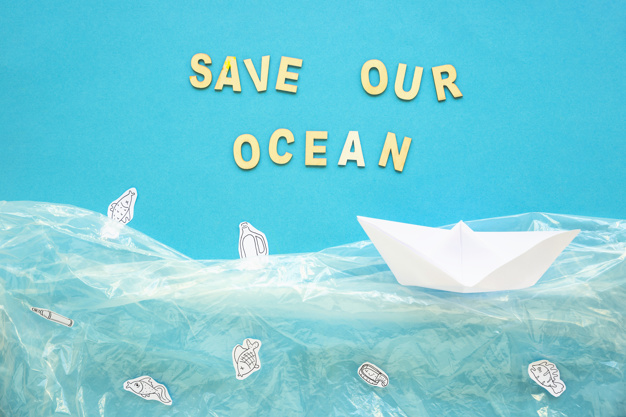
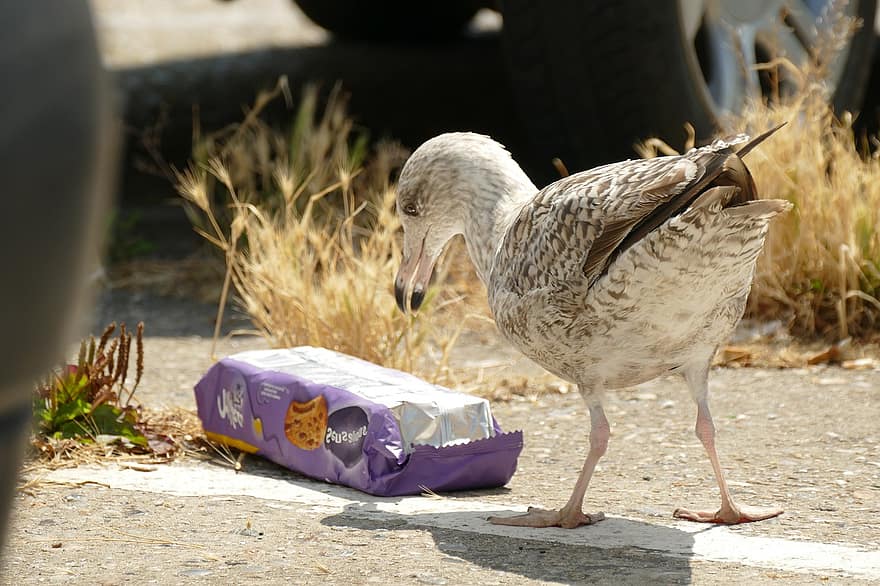
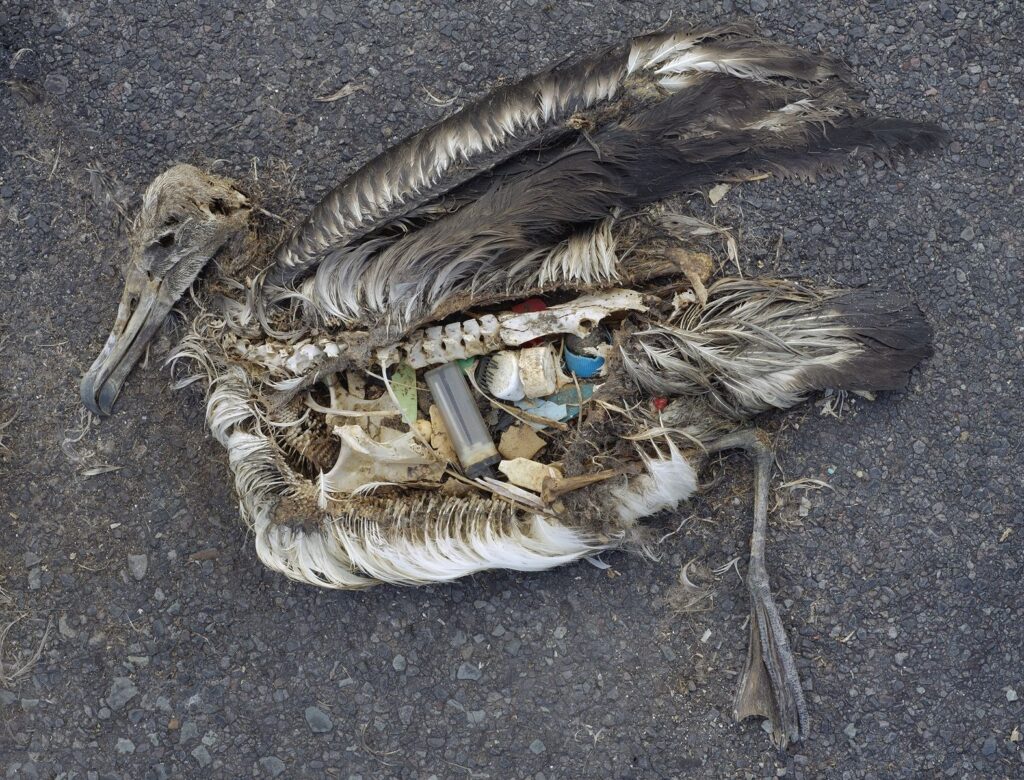


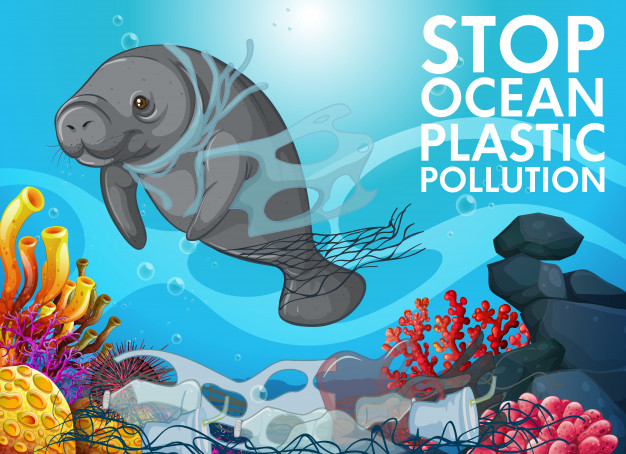

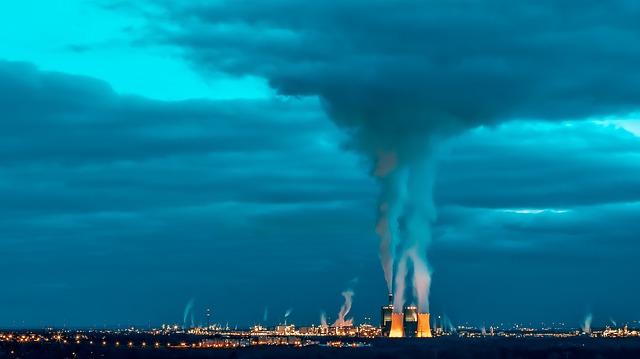
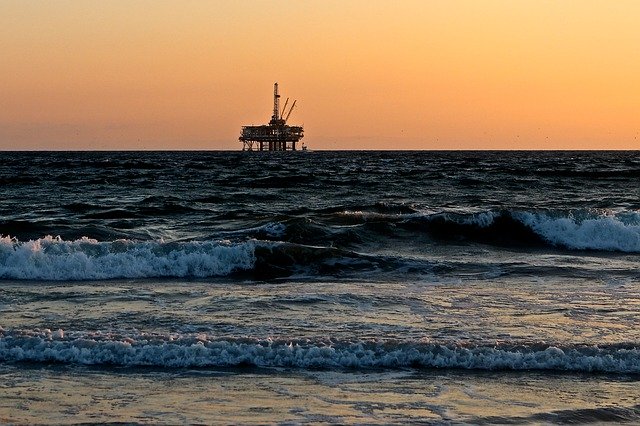
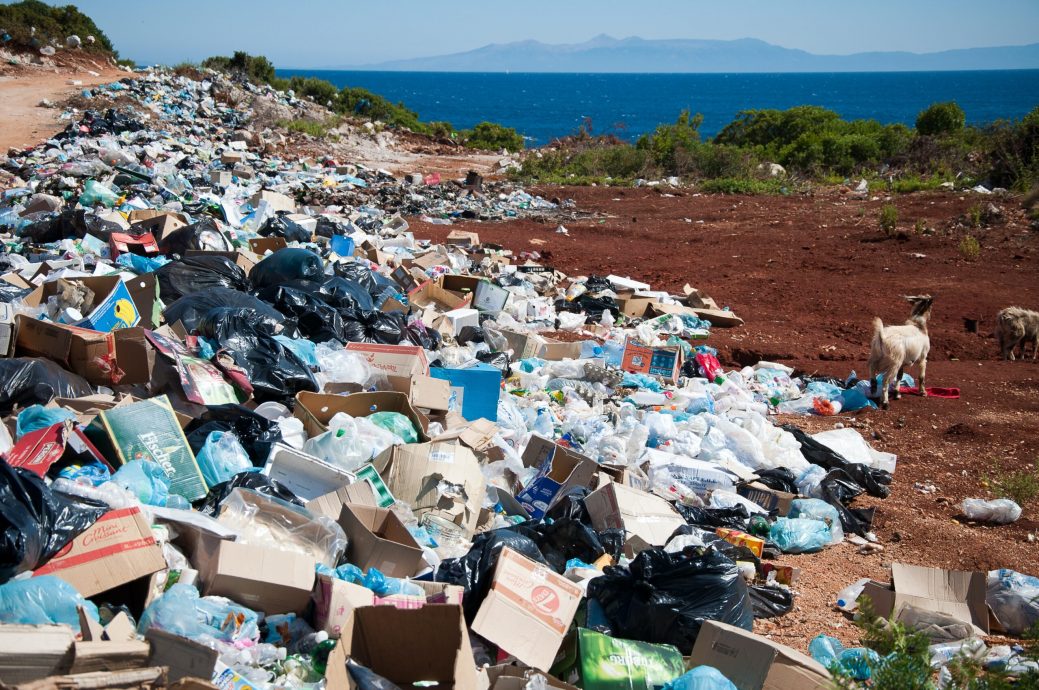
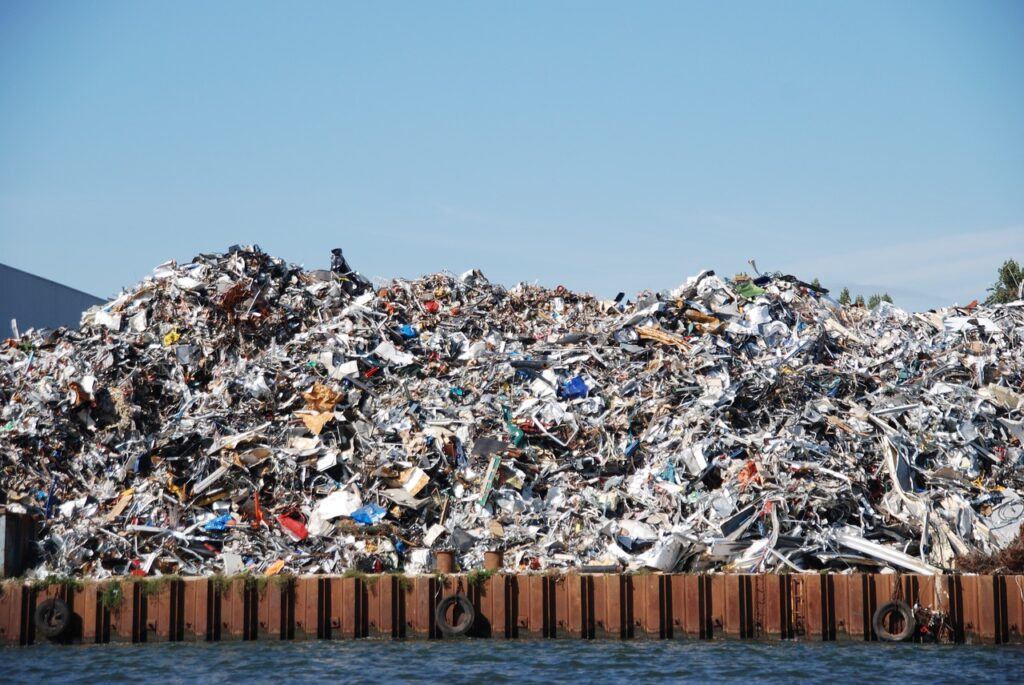

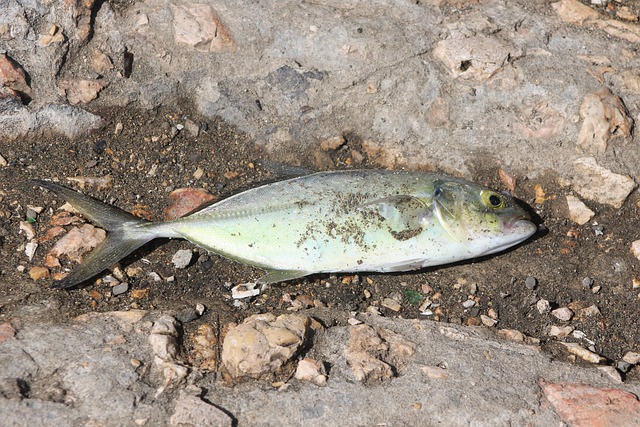
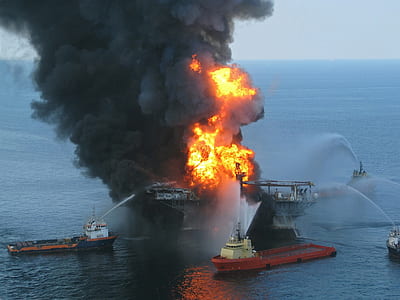
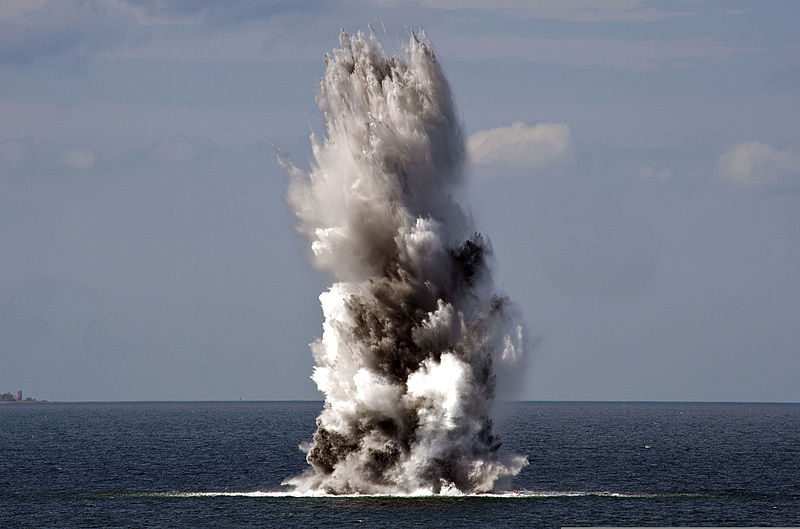
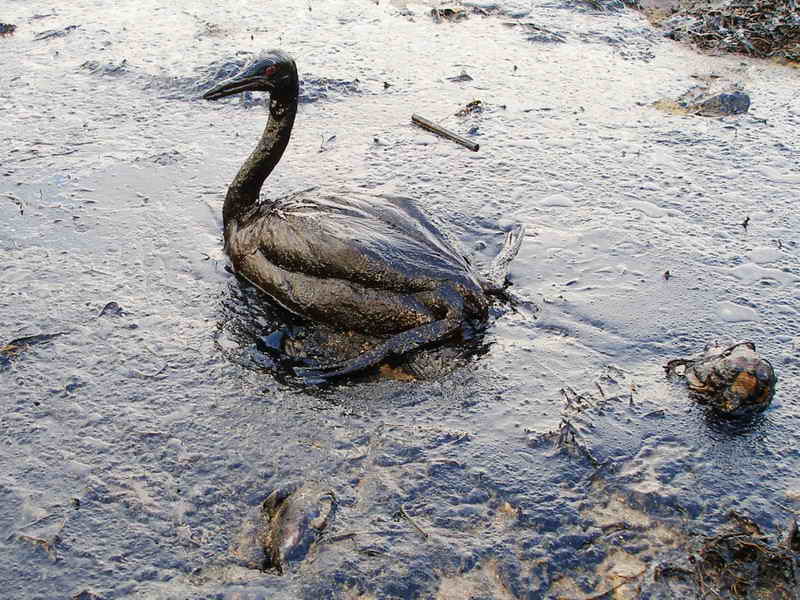
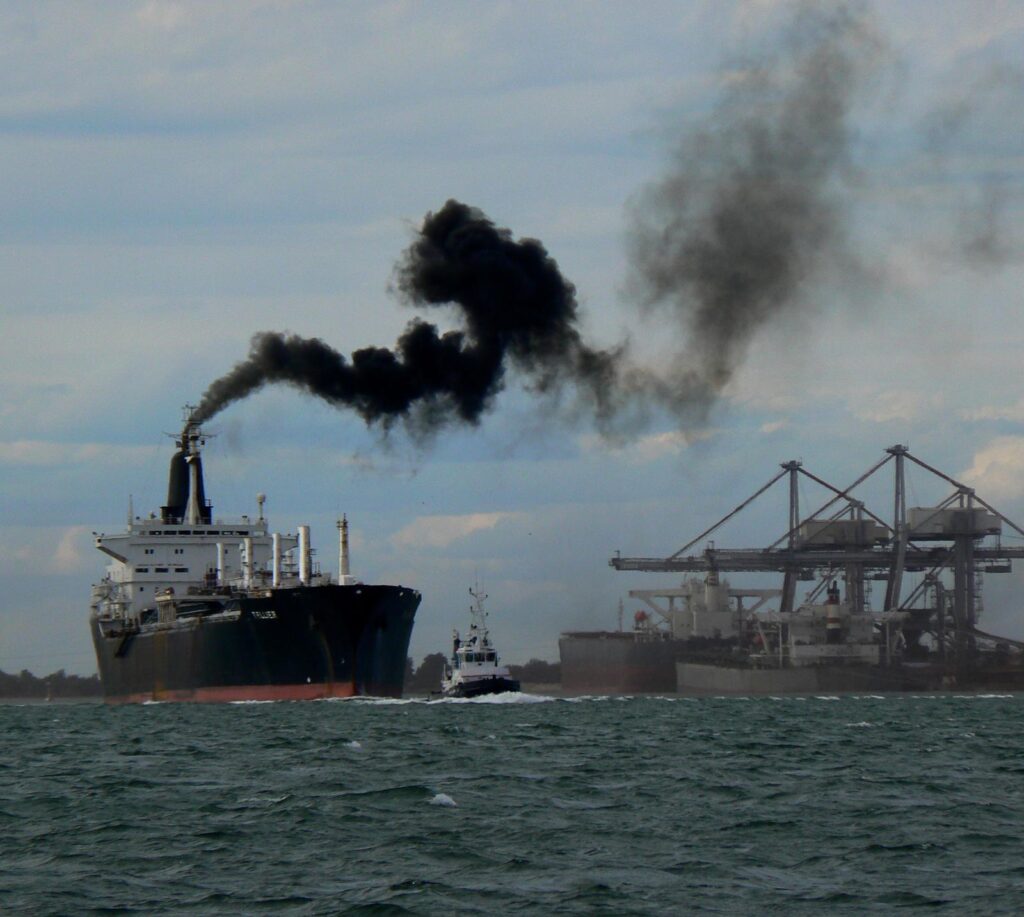
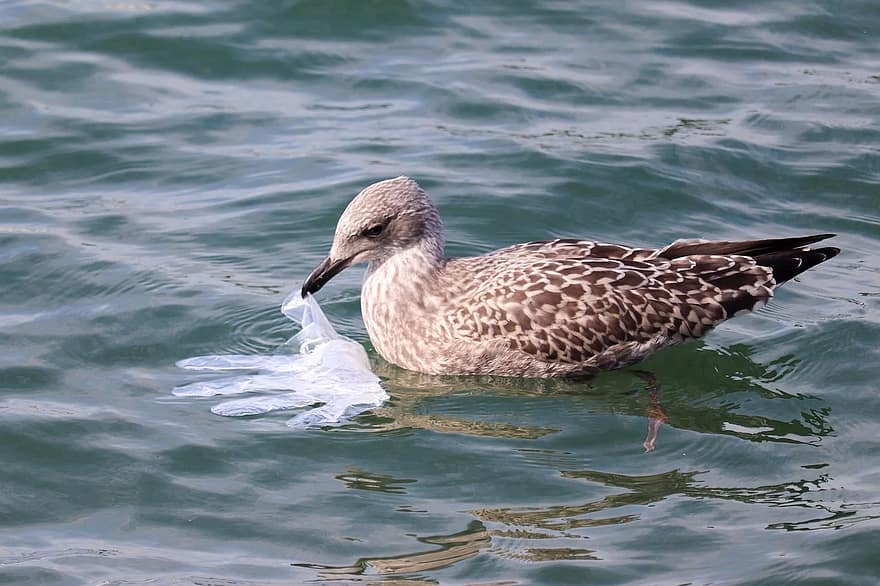

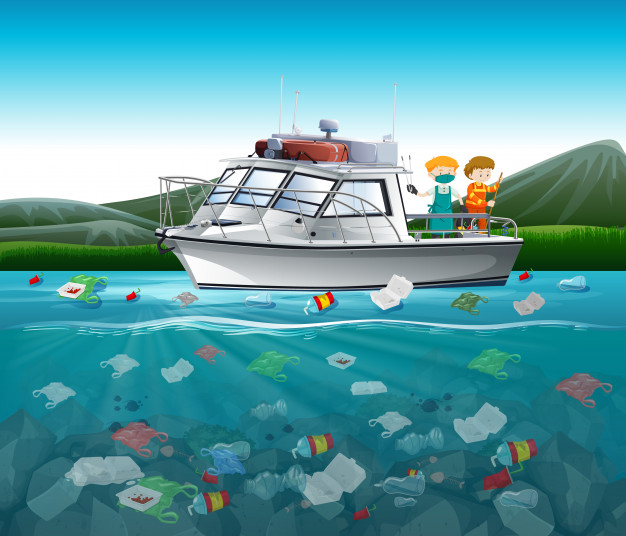
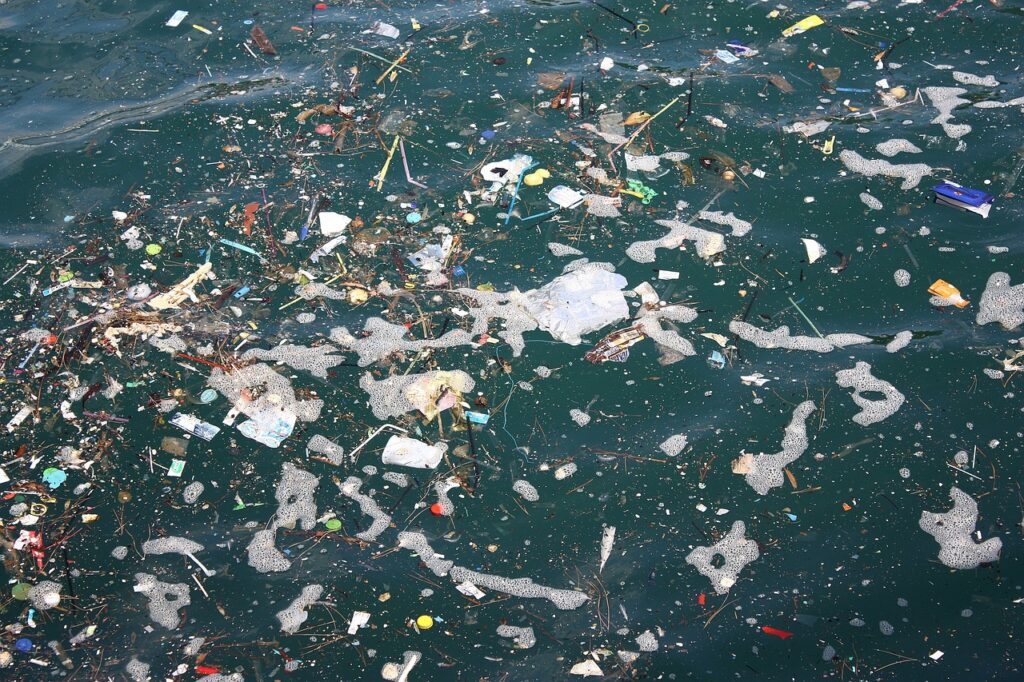

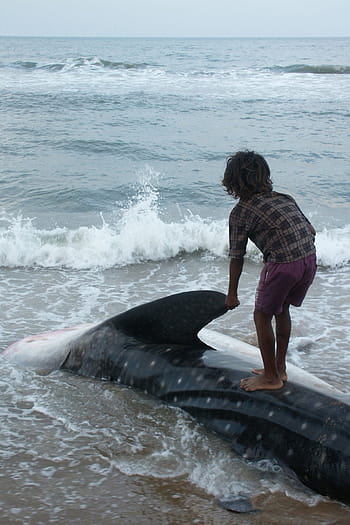

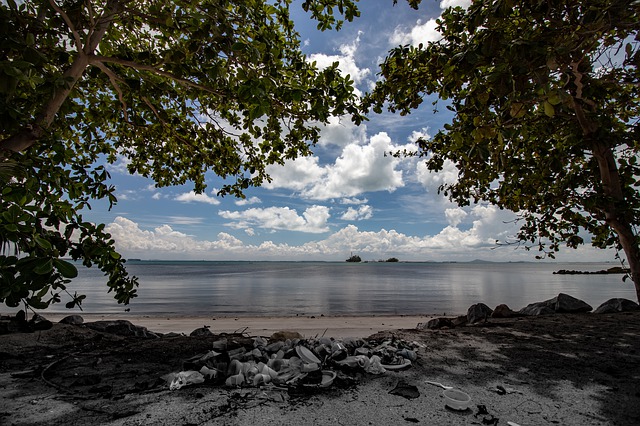
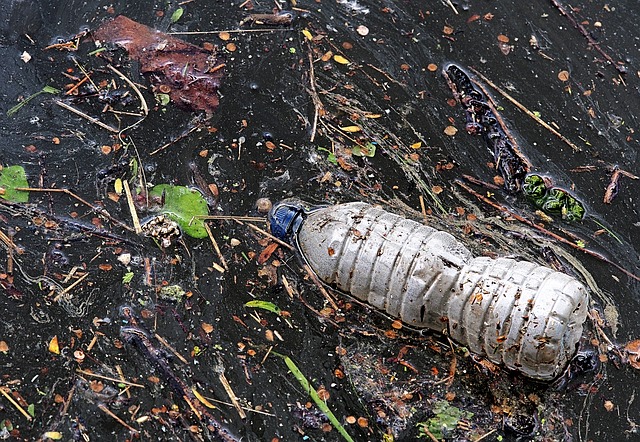
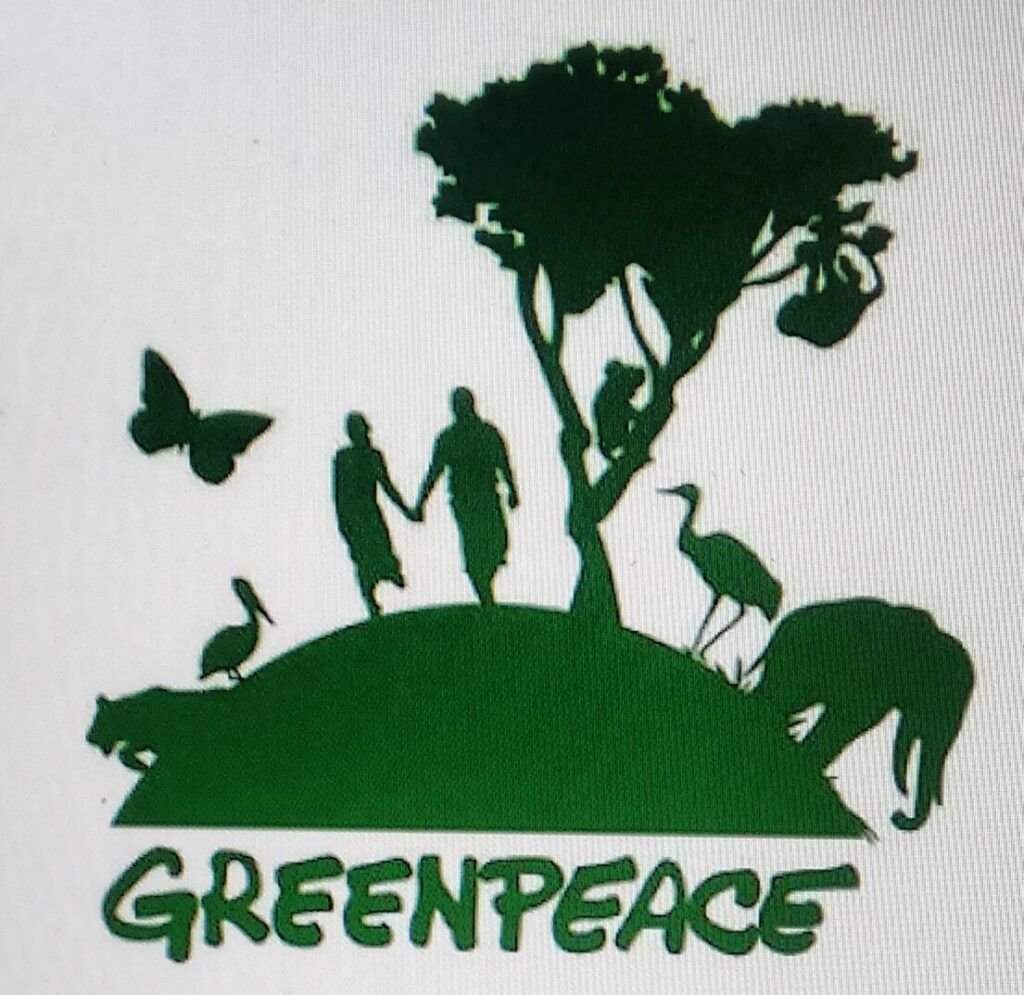


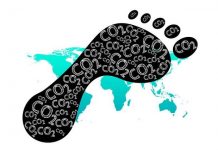




I have been examinating out a few of your stories and its nice stuff. I will definitely bookmark your blog.
Thank you so much
Thank you, I’ve just been searching for info about this subject for a long time and yours is the greatest I have discovered so far.
Welcome
Thanks a lot for providing individuals with an extraordinarily breathtaking to read articles and blog posts from this blog. It really is so excellent and also stuffed with amusement for me personally and my office fellow workers to search your web site at least thrice weekly to learn the latest information. And lastly, I am just usually happy with all the unbelievable principles you give. Some two points in this post are without a doubt the most effective we’ve had.
Thank you
I’ve been browsing online greater than three hours these days, but I never found any fascinating article like yours. It is beautiful value enough for me. In my opinion, if all website owners and bloggers made good content material as you did, the internet will be a lot more helpful than ever before.
Thank you
I’m truly enjoying the design and layout of your blog. It’s a very easy on the eyes which makes it much more enjoyable for me to come here and visit more often. Did you hire out a designer to create your theme? Fantastic work!
Thank you
My brother recommended I would possibly like this blog. He was once entirely right. This post actually made my day. You can not consider simply how so much time I had spent for this info! Thank you!
That’s nice to know. Thank you
Hello there, I discovered your site via Google whilst looking for a related subject, your website got here up, it seems good. I have bookmarked it in my google bookmarks.
Thank you
I conceive this site holds some rattling good information for everyone.
Thank you
Very good blog you have here but I was curious if you knew of any community
forums that cover the same topics talked about in this article?
I’d really like to be a part of online community
where I can get feedback from other experienced individuals that share the
same interest. If you have any suggestions, please let me know.
Appreciate it!
It’s awesome to pay a visit to this web site and reading the views of all colleagues on the topic, while I am also eager of getting familiarity.
Thanks for sharing your ideas.
I am very happy to read this. This is the type of manual that needs to be given and not the random misinformation that’s at the other blogs. Appreciate your sharing this best doc.
Thank you
Very interesting information!Perfect just what I was looking for!
Thank you
you’re in point of fact a good webmaster. The site loading speed is incredible. It kind of feels like you are doing any unique trick. Also, The contents are masterpieces. you have performed an excellent job in this matter!
Feel free to surf to my web-site tracfone